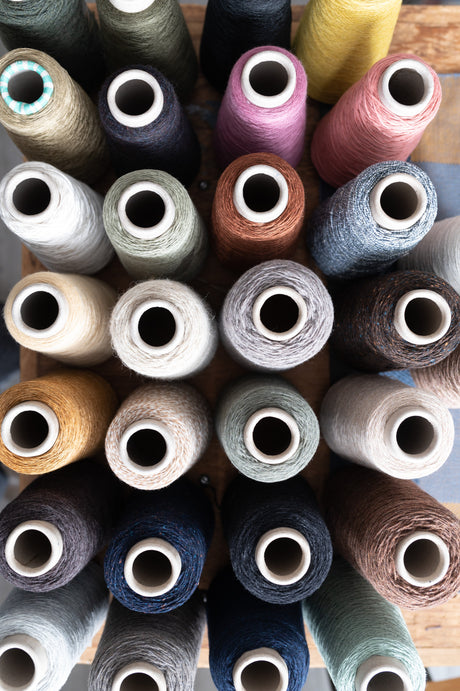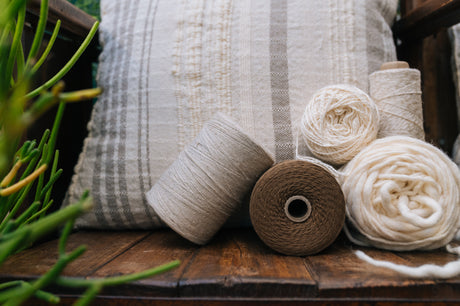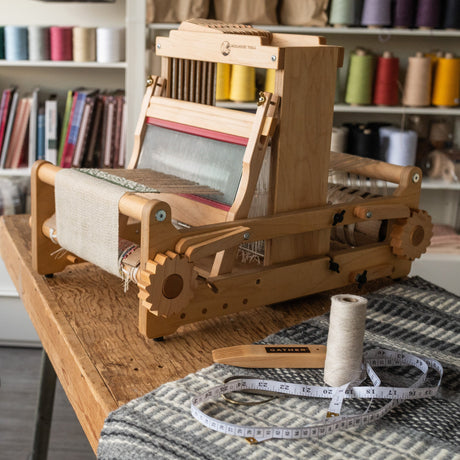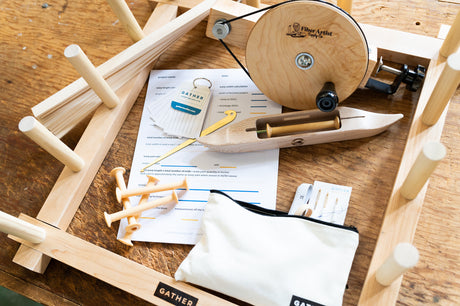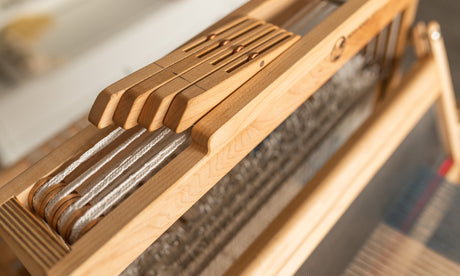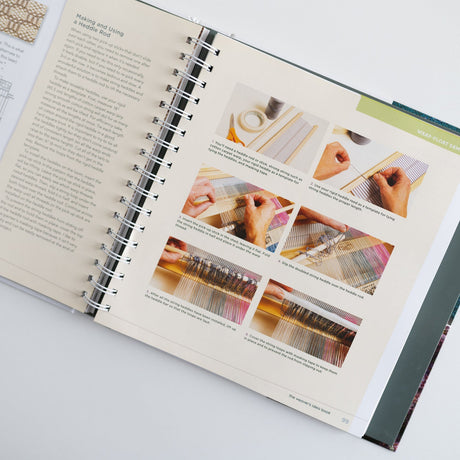
Hi there! You likely reached this page by following a link about our plans to re-weave the beloved classic A Handweaver's Pattern Book. We're currently having some background conversations about plans and projects that will determine what form this work will take. We will add a proper update just as soon as we have our ducks in a row.
This project is part of our ongoing:
-obsession with historical weaving drafts
-goal to keep weaving information alive
-plan to make beautiful, useful books
-appreciation for all of you as you share in our love of the craft!


